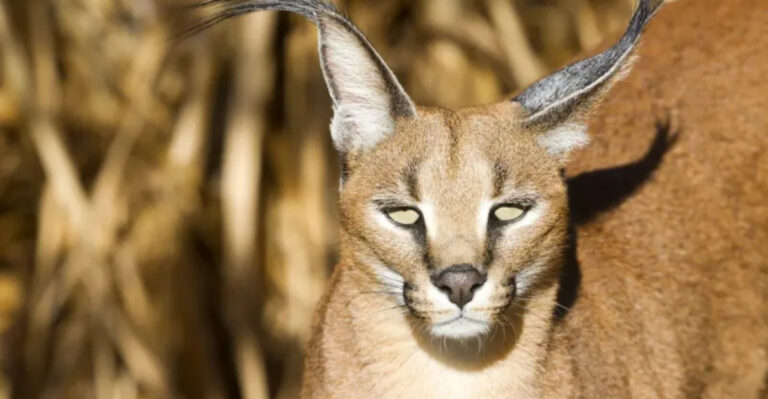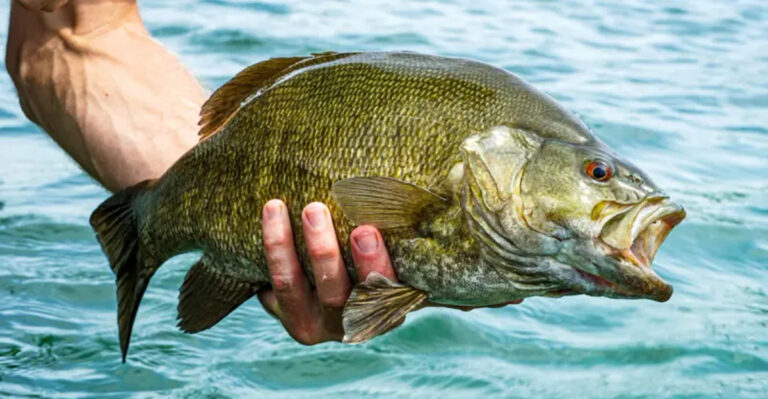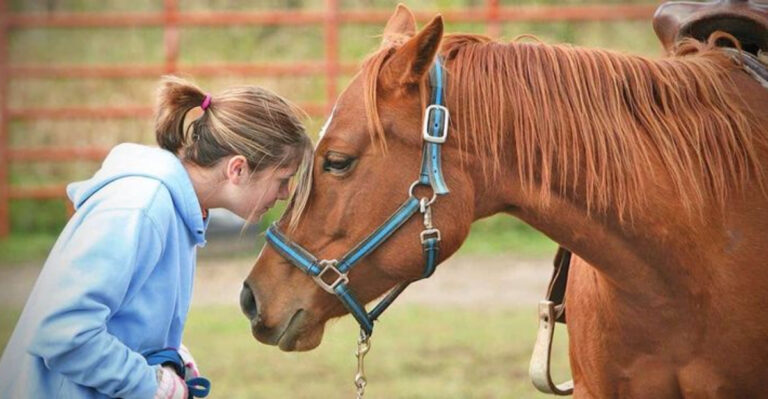Everything You Need To Know About Saiga Antelopes

Ever seen a creature that looks like it stepped out of a Star Wars film? Meet the saiga antelope, one of Earth’s most bizarre and endangered mammals.
With its alien-like trunk nose and prehistoric origins, this Central Asian wonder has roamed the steppes for thousands of years. Let’s explore some fascinating facts about these unusual creatures that desperately need our protection.
1. Trunk-like Noses For Extreme Survival
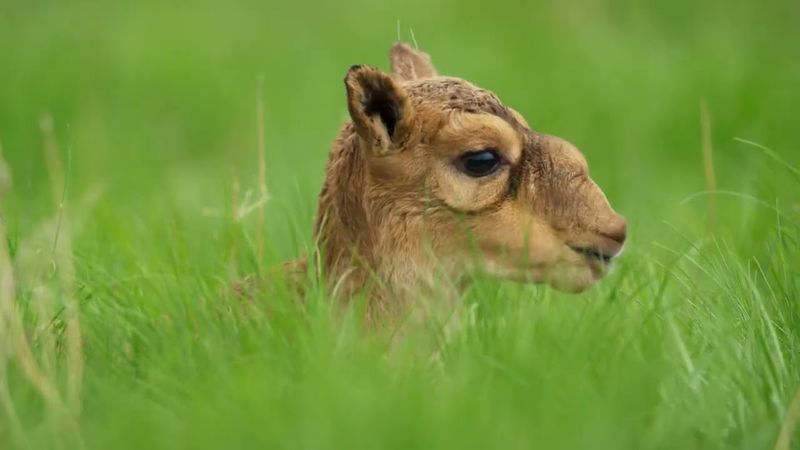
Those droopy, trunk-like noses aren’t just for show! Saiga antelopes evolved this bizarre feature to filter out dust during dry summers and warm freezing air during harsh winters.
Their flexible nostrils contain a complex network of blood vessels and specialized tissues that work like natural air conditioners. Without this adaptation, they couldn’t survive the extreme temperature swings of their steppe habitat.
2. Critically Endangered Status
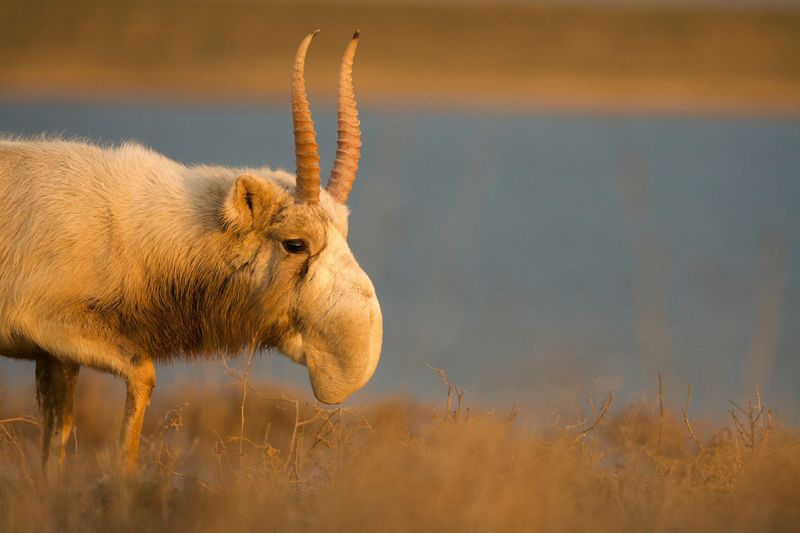
Once numbering in the millions across the Eurasian steppe, saiga populations crashed by over 95% in just two decades. Poaching for their horns, used in traditional Chinese medicine, devastated their numbers.
Today, fewer than 150,000 remain in isolated pockets across Kazakhstan, Mongolia, and Russia. Without intensive conservation efforts, these prehistoric survivors might disappear forever.
3. Mass Die-offs Puzzle Scientists

Mystery surrounds the saiga’s tendency for catastrophic die-offs. In 2015, over 200,000 antelopes—nearly two-thirds of the global population—died within weeks.
Scientists eventually traced the cause to a normally harmless bacteria that turned deadly due to unusual weather patterns. These mass mortality events highlight how climate change threatens species already on the brink.
4. Ancient Origins From Ice Age

Walking fossils on four legs! Saiga antelopes roamed alongside woolly mammoths and saber-toothed cats during the last Ice Age.
Archaeological evidence shows these distinctive creatures have remained largely unchanged for over 12,000 years. Once ranging from the British Isles across Europe and into Alaska, climate shifts gradually restricted them to the Central Asian steppes.
5. Record-Breaking Migration Patterns
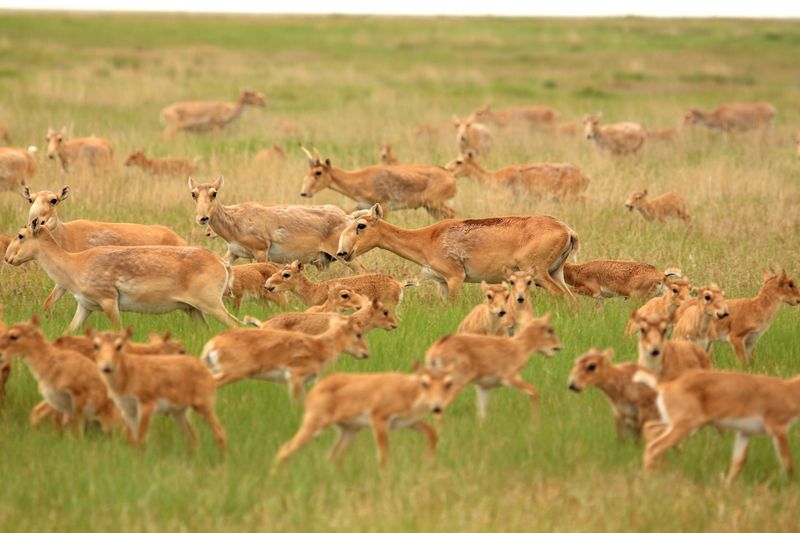
Few animals match the saiga’s incredible migrations. These nomadic antelopes travel up to 620 miles annually, following seasonal food sources across vast grasslands.
Their journeys create massive herds of thousands moving as a single unit. Unfortunately, modern borders and fences now block many traditional migration routes, fragmenting populations and threatening their survival.
6. Lightning-Fast Babies
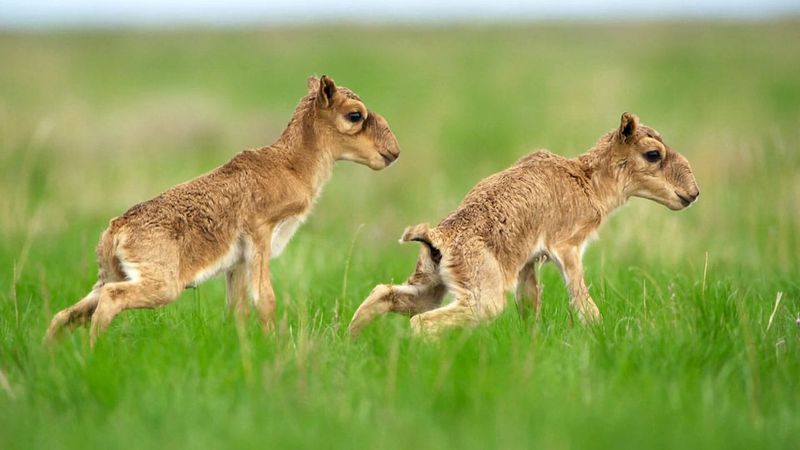
Talk about quick learners! Baby saigas stand within minutes of birth and can outrun predators within hours—a necessary skill in their predator-rich environment.
Mothers give birth synchronously, creating a sudden abundance of calves that overwhelms predators. Within days, newborns keep pace with the herd’s migrations, traveling miles daily despite being just days old.
7. Males Sport Translucent Horns
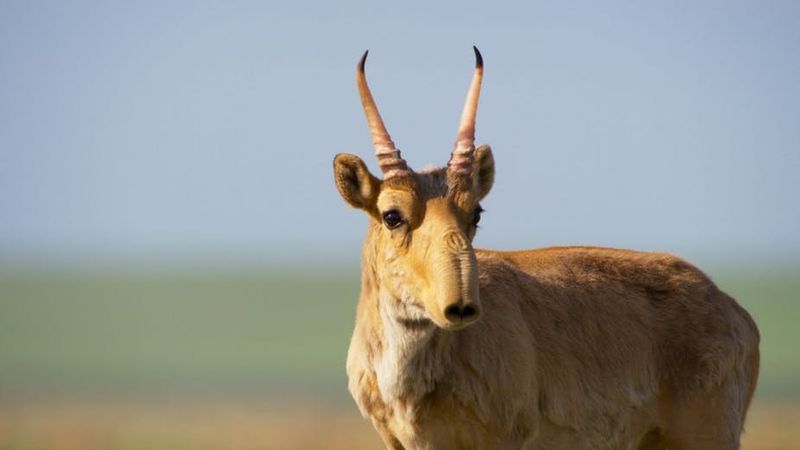
Only male saigas grow horns, but what incredible horns they are! Amber-colored and semi-transparent, these unusual weapons can reach 12 inches long.
Their unique appearance drives poaching, as traditional medicine values them highly. During mating season, males use these prized horns in fierce competitions, collecting harems of females they’ll defend against all challengers.
8. Speed Demons Of The Steppe
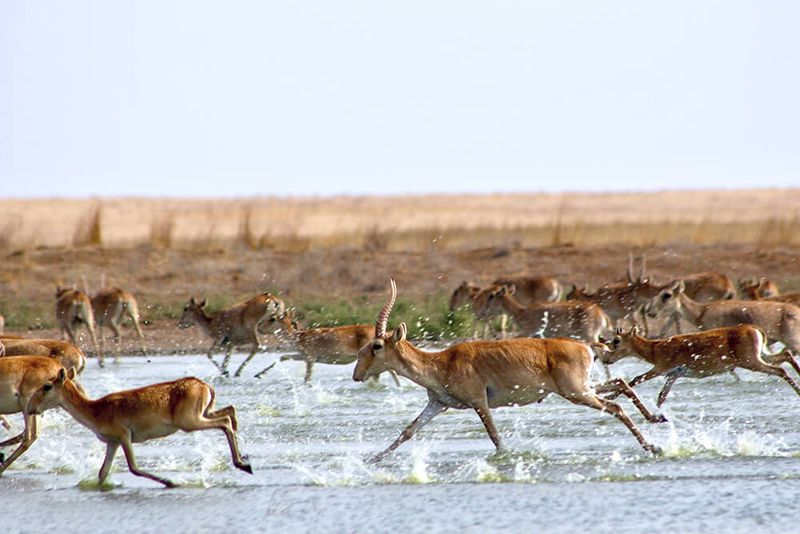
Running at speeds up to 48 mph, saigas easily outpace wolves and other predators across open plains. Their endurance matches their speed—they maintain fast paces for miles without tiring.
Special adaptations like oversized lungs and hearts power this incredible performance. Even their distinctive nose helps maximize oxygen intake during these high-speed escapes.
9. Cultural Significance In Central Asia

For centuries, nomadic peoples across Central Asia wove saigas into their folklore and daily lives. Traditional songs celebrate their grace, while ancient rock paintings depict their distinctive profiles.
In Kazakhstan, the saiga serves as a national symbol, appearing on currency and stamps. Local conservation efforts often succeed because communities view these animals as part of their cultural heritage.
10. Remarkable Adaptability To Harsh Conditions
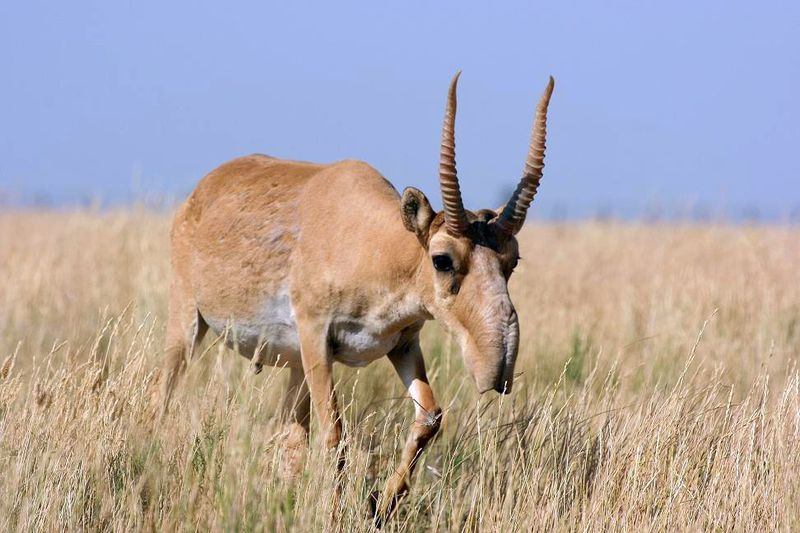
Brutal winters with temperatures below -40°F? Scorching summers over 100°F? No problem for the hardy saiga!
Their specialized fur changes dramatically between seasons—growing thick and woolly in winter, then shedding to a thin, reflective coat for summer heat. This remarkable adaptability helped them survive climate shifts that wiped out many Ice Age contemporaries.
11. Unique Digestive Superpowers
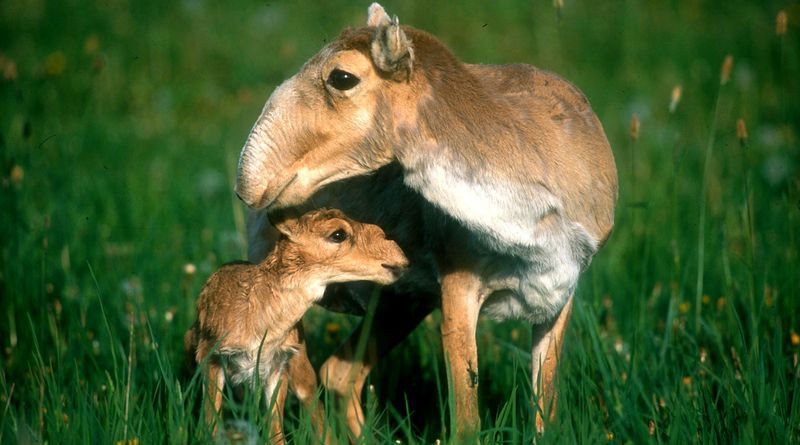
Forget picky eaters! Saigas consume over 100 different plant species, many toxic to other animals. Their specialized four-chambered stomachs neutralize harmful compounds other herbivores can’t process.
This dietary flexibility allows them to thrive in harsh environments where food options constantly change. During winter, they even digest lichen and moss that other grazers ignore.
12. Conservation Success Stories Emerging
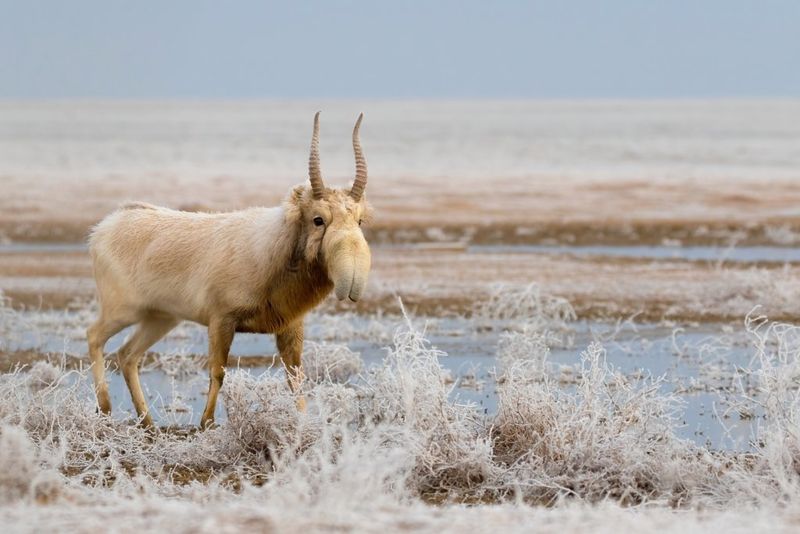
After decades of decline, glimmers of hope shine for saiga recovery. Kazakhstan’s population rebounded from 50,000 to over 1.3 million in just a few years thanks to strict anti-poaching measures.
International agreements now protect migration corridors across borders. Wildlife rangers use drones and satellite tracking to monitor herds, while local communities participate in grassroots conservation efforts.
13. Unusual Social Structures
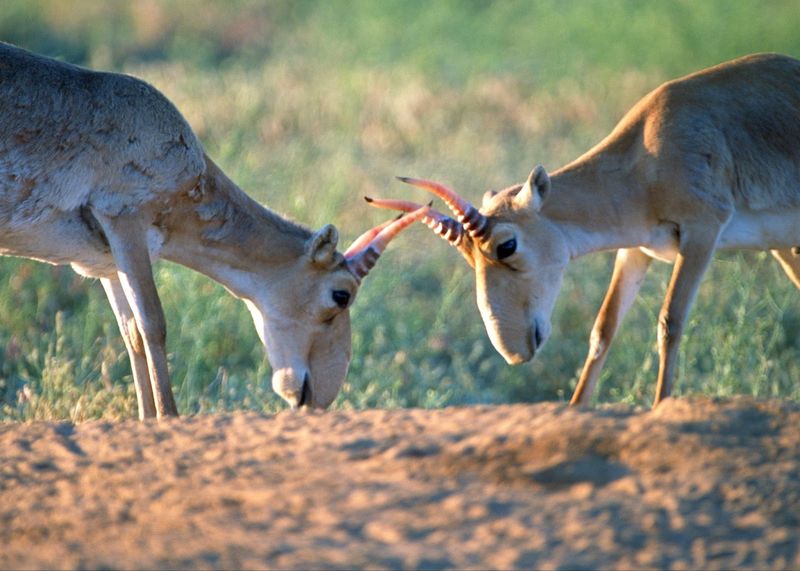
Female saigas run the show! Unlike many antelope species, saiga herds operate under matriarchal leadership year-round except during breeding season.
Experienced females make crucial migration decisions that determine the herd’s survival. During calving, they form protective circles around newborns with mothers facing outward to spot predators, demonstrating complex social cooperation rarely seen in hoofed mammals.
14. Genetic Bottleneck Challenges
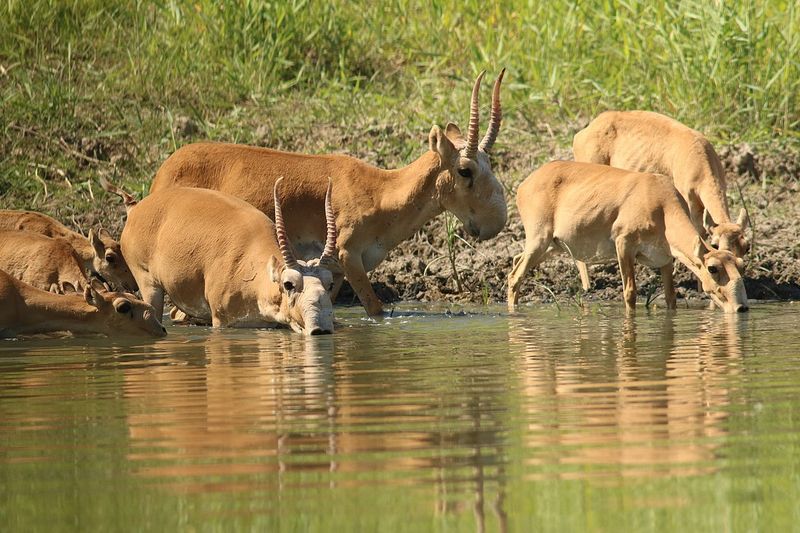
Population crashes created a genetic emergency for saigas. With so few individuals surviving recent die-offs, genetic diversity plummeted, leaving them vulnerable to disease and environmental changes.
Scientists now collect DNA samples across remaining populations, working to understand and preserve genetic variation. Some researchers even explore creating genetic banks to safeguard their unique evolutionary heritage against future catastrophes.

